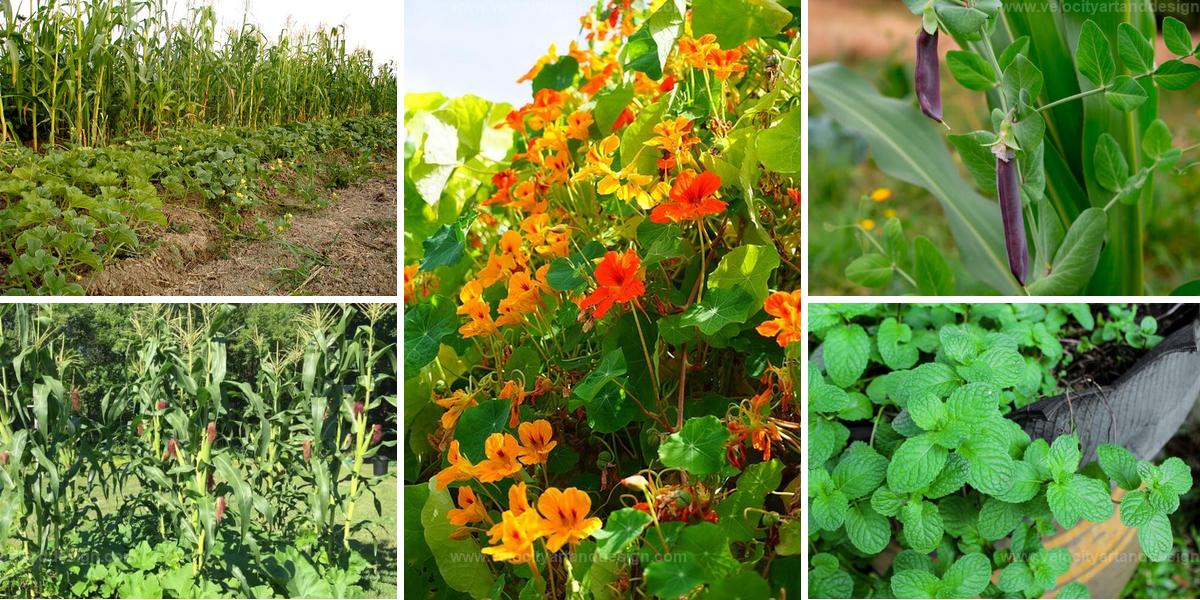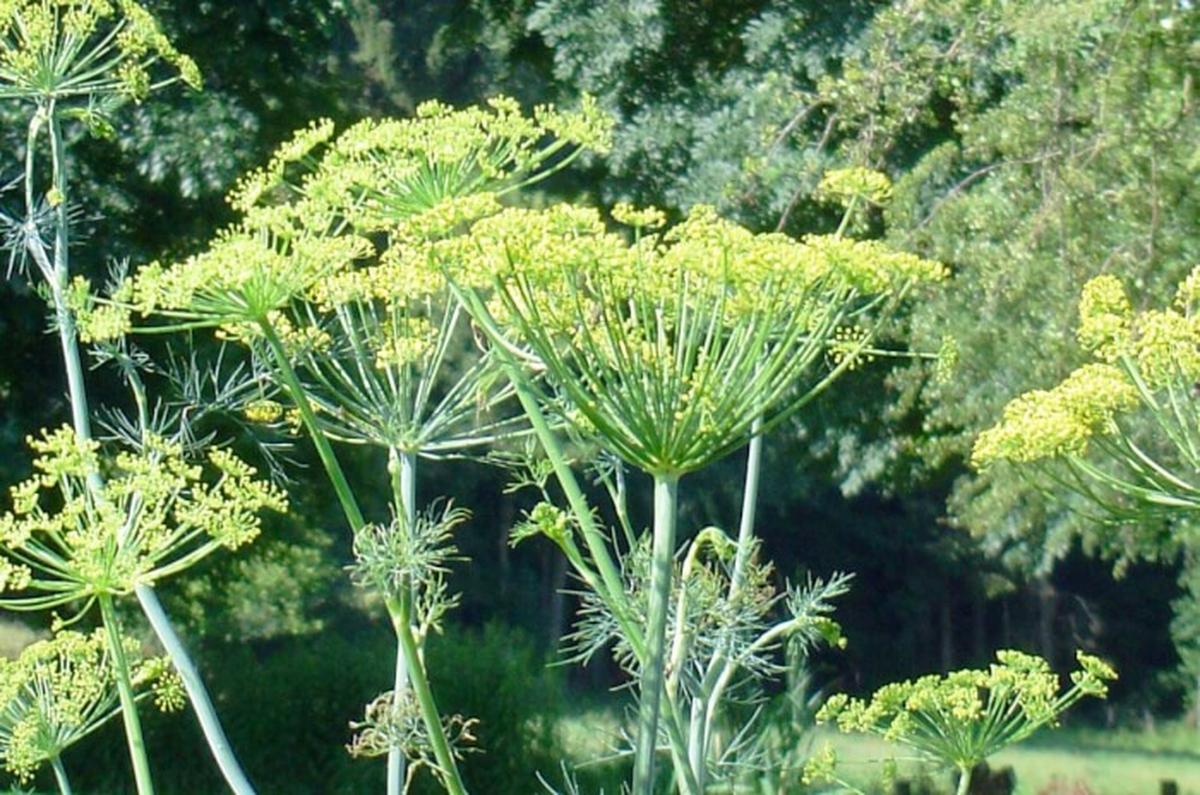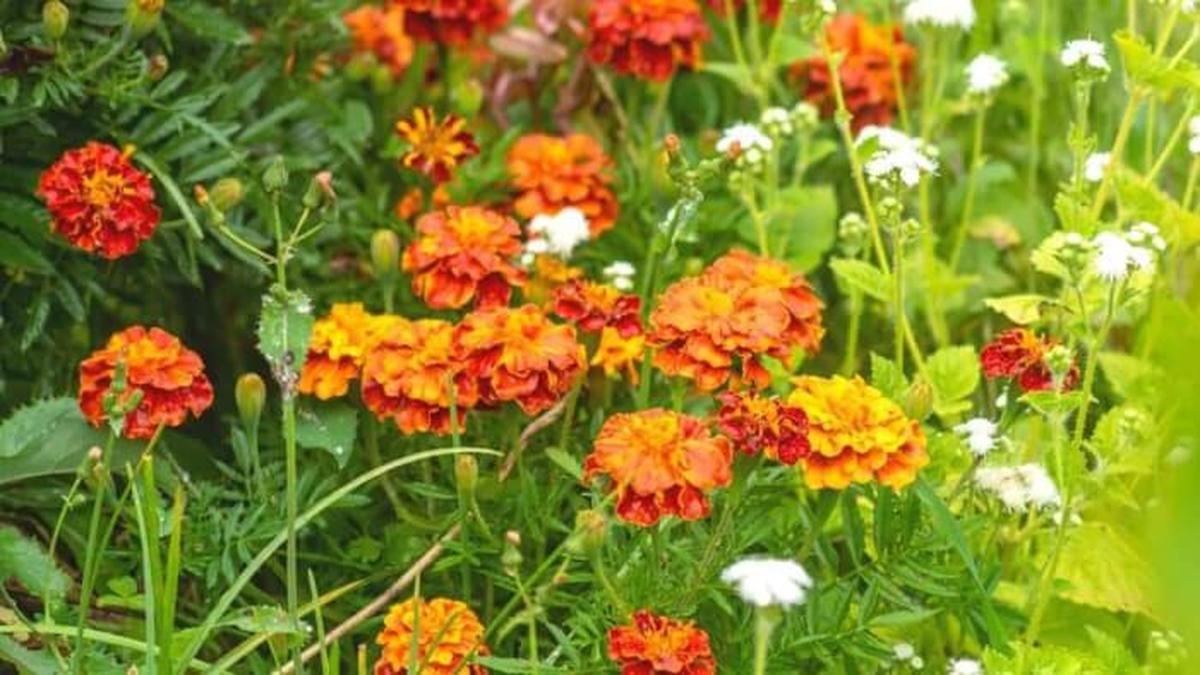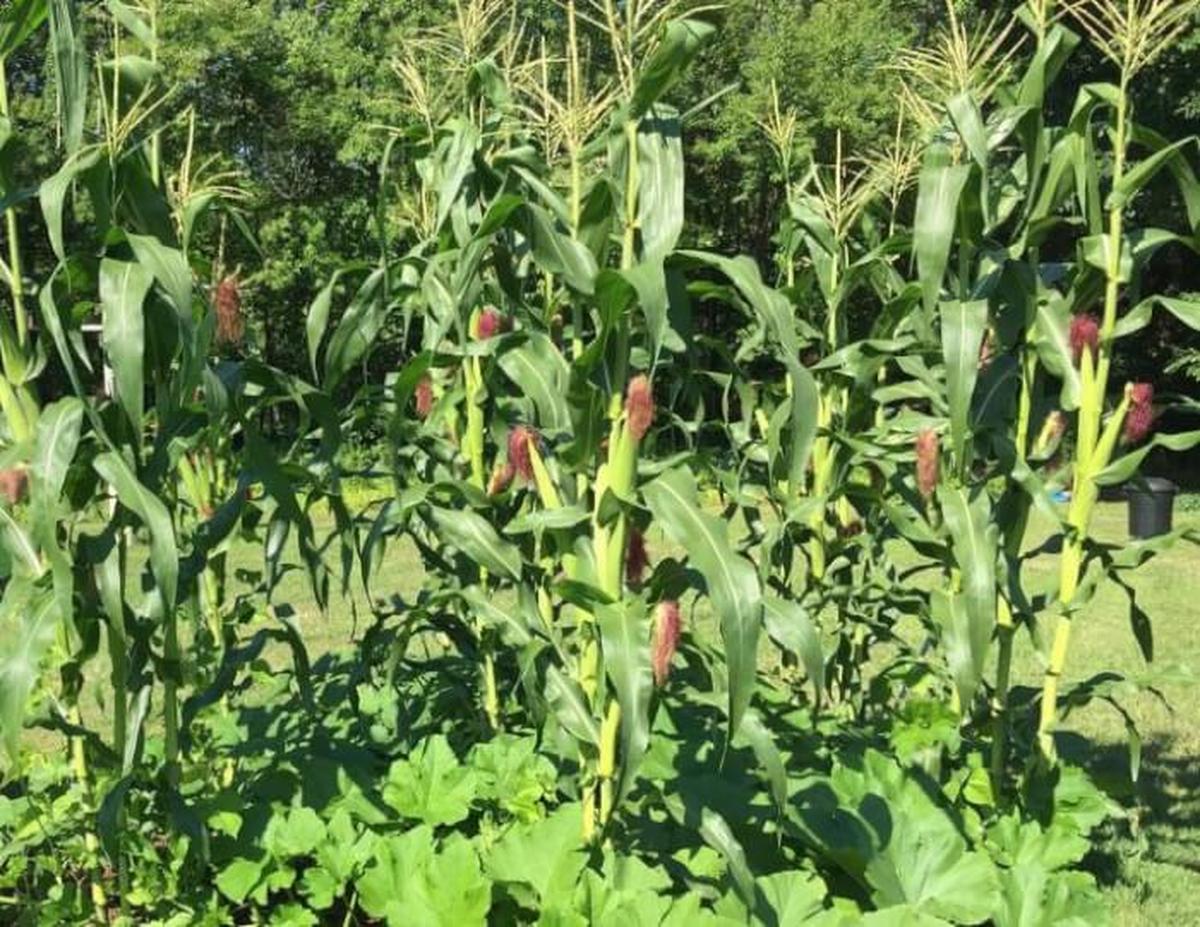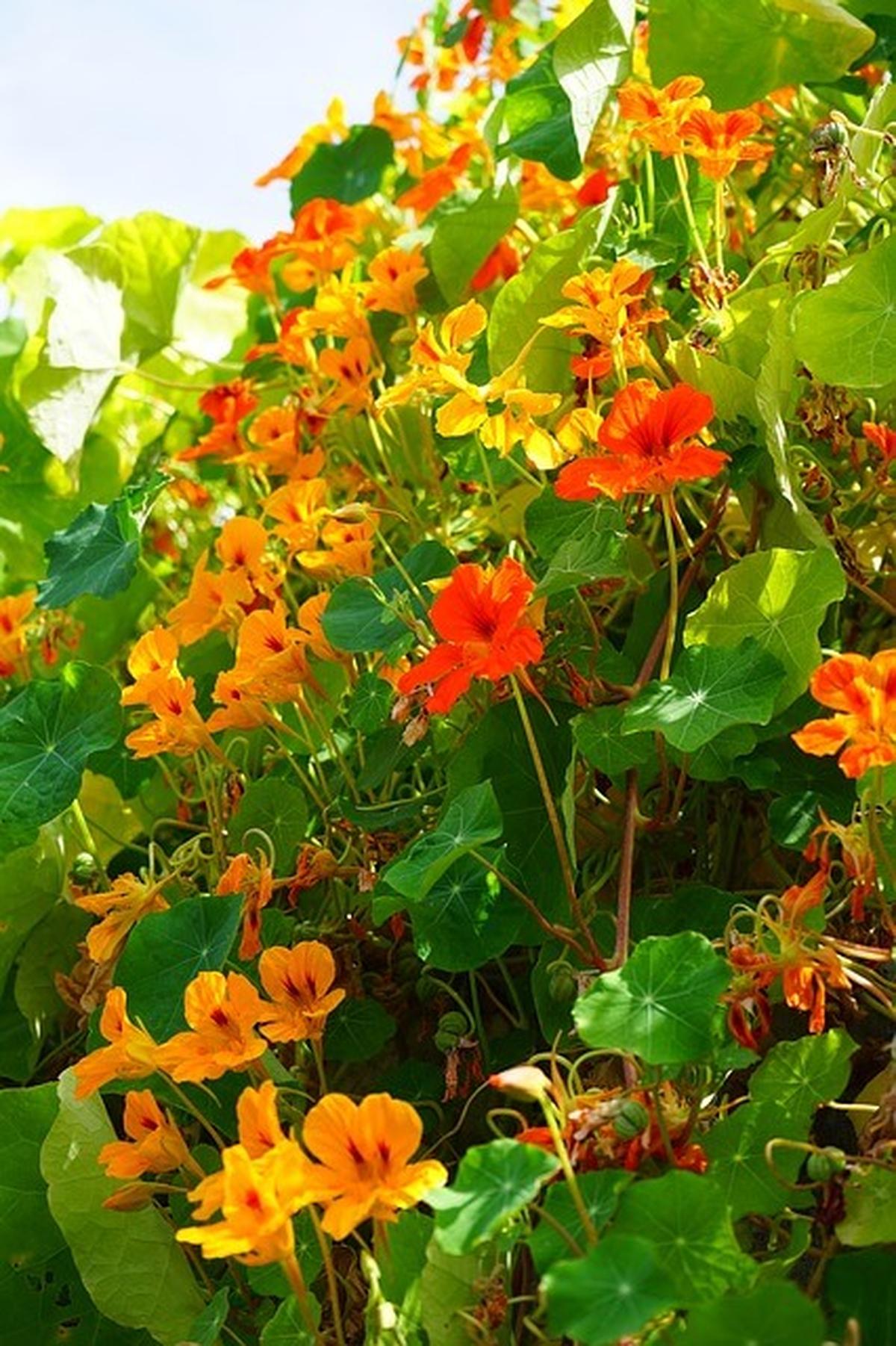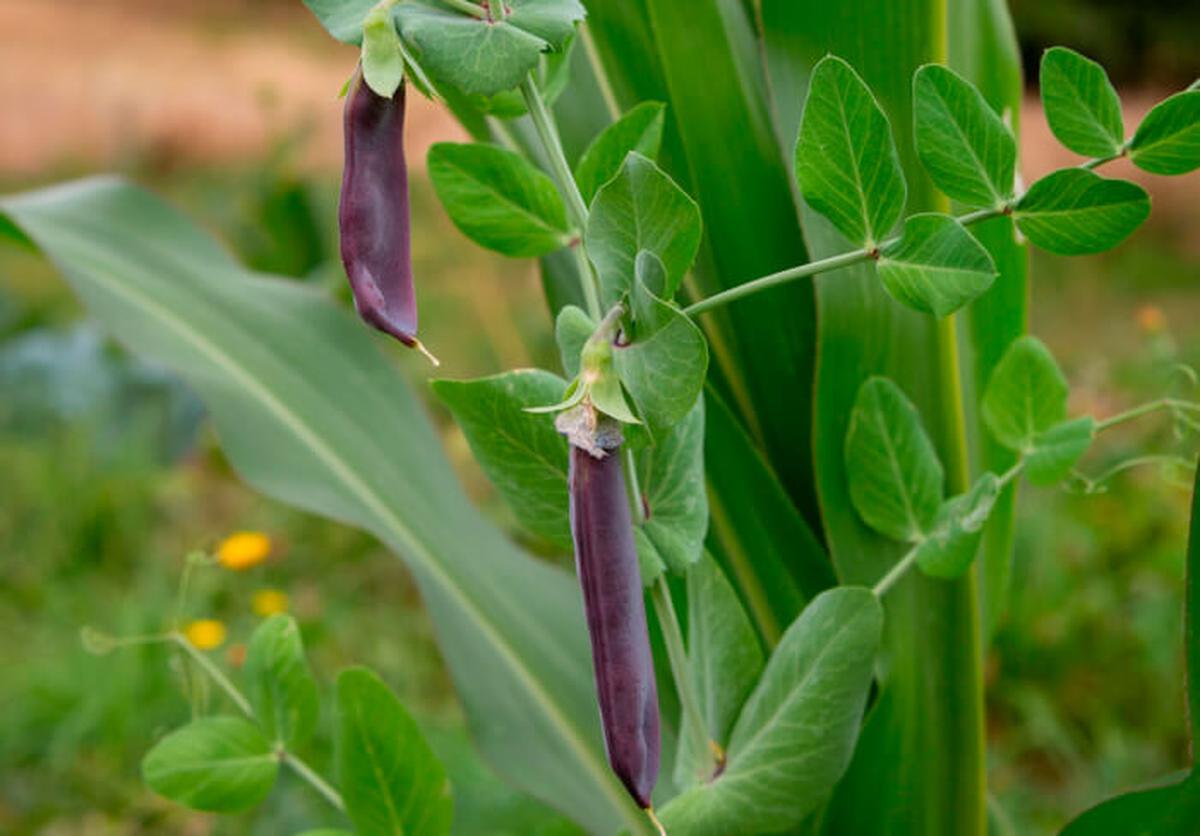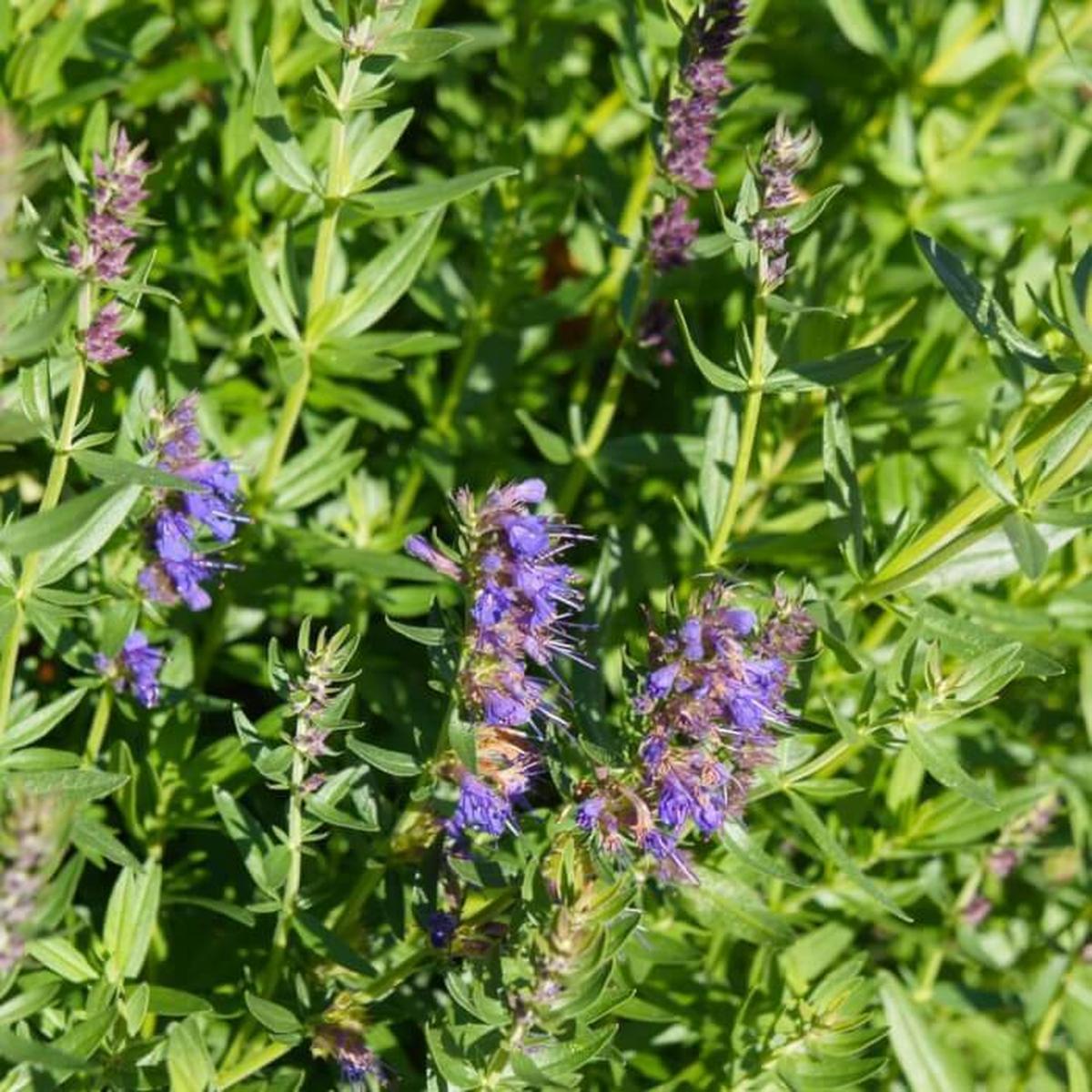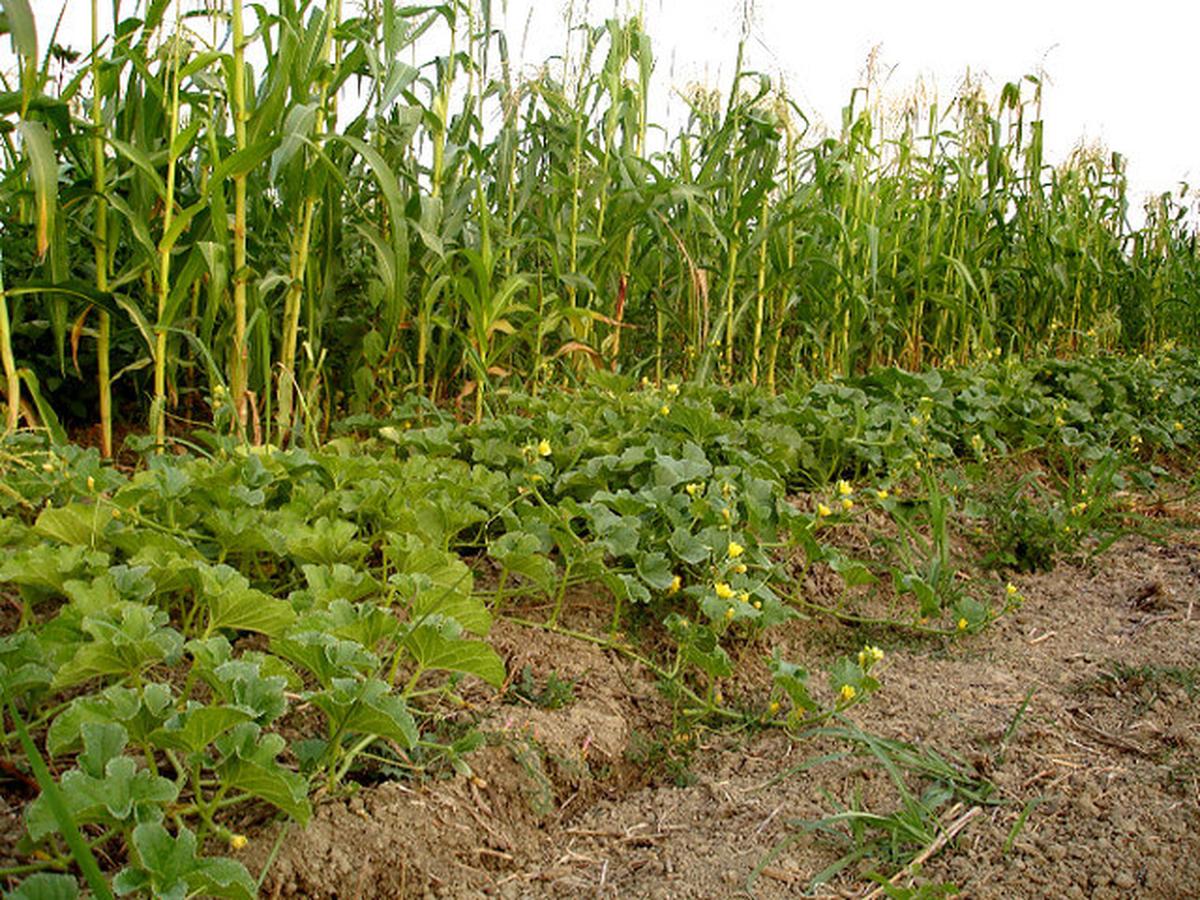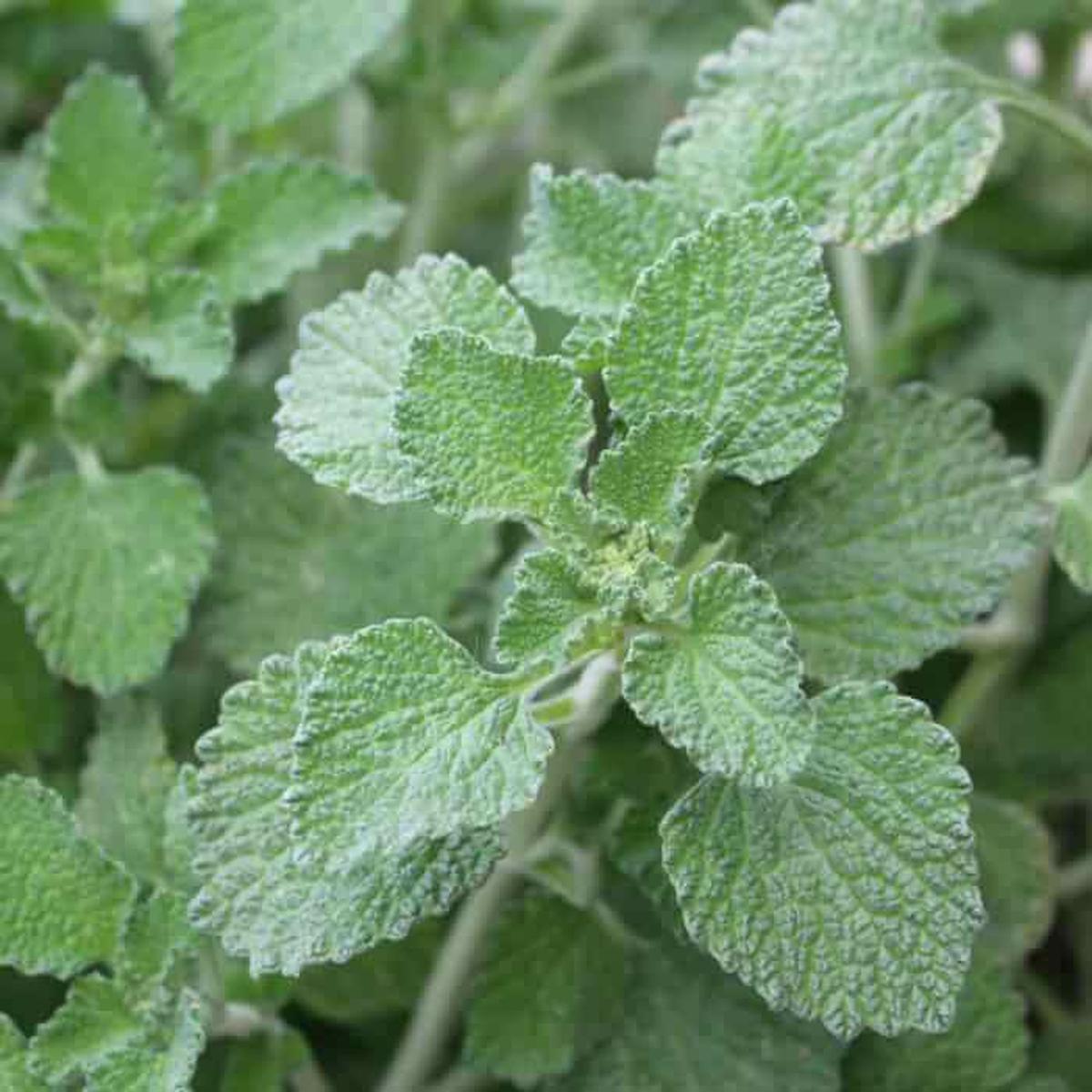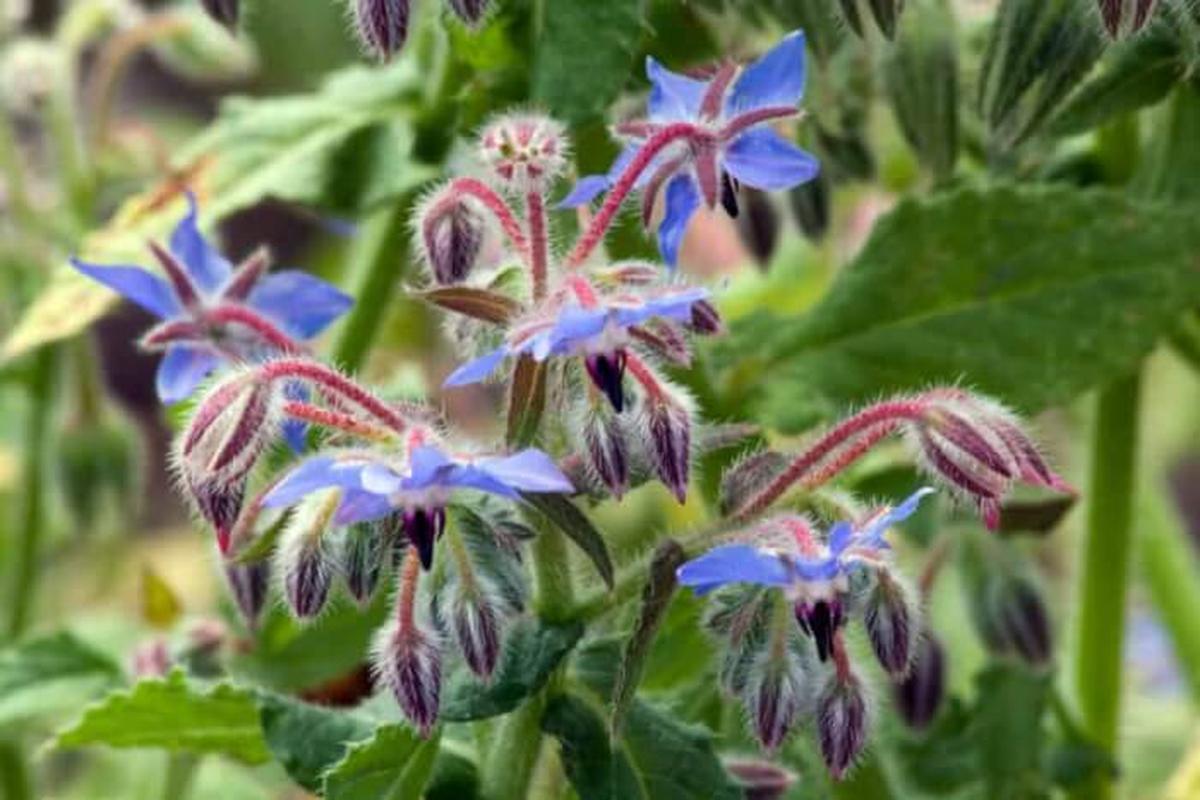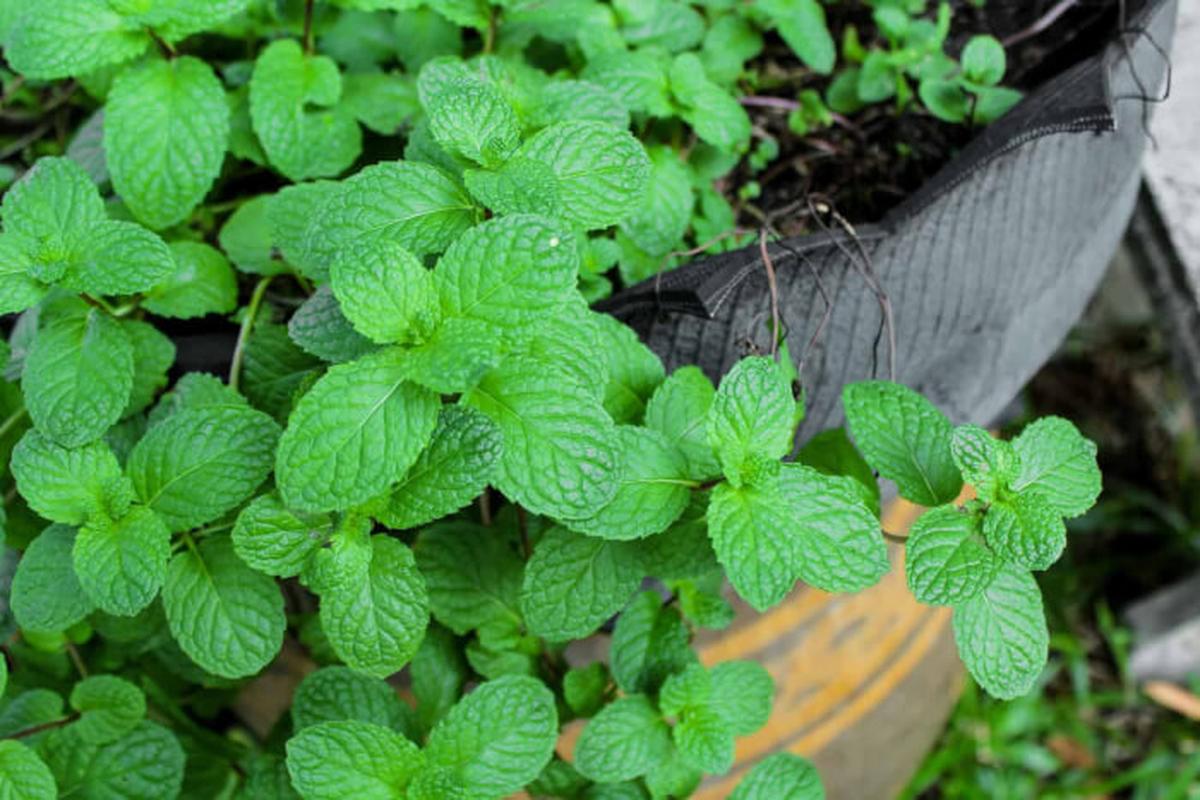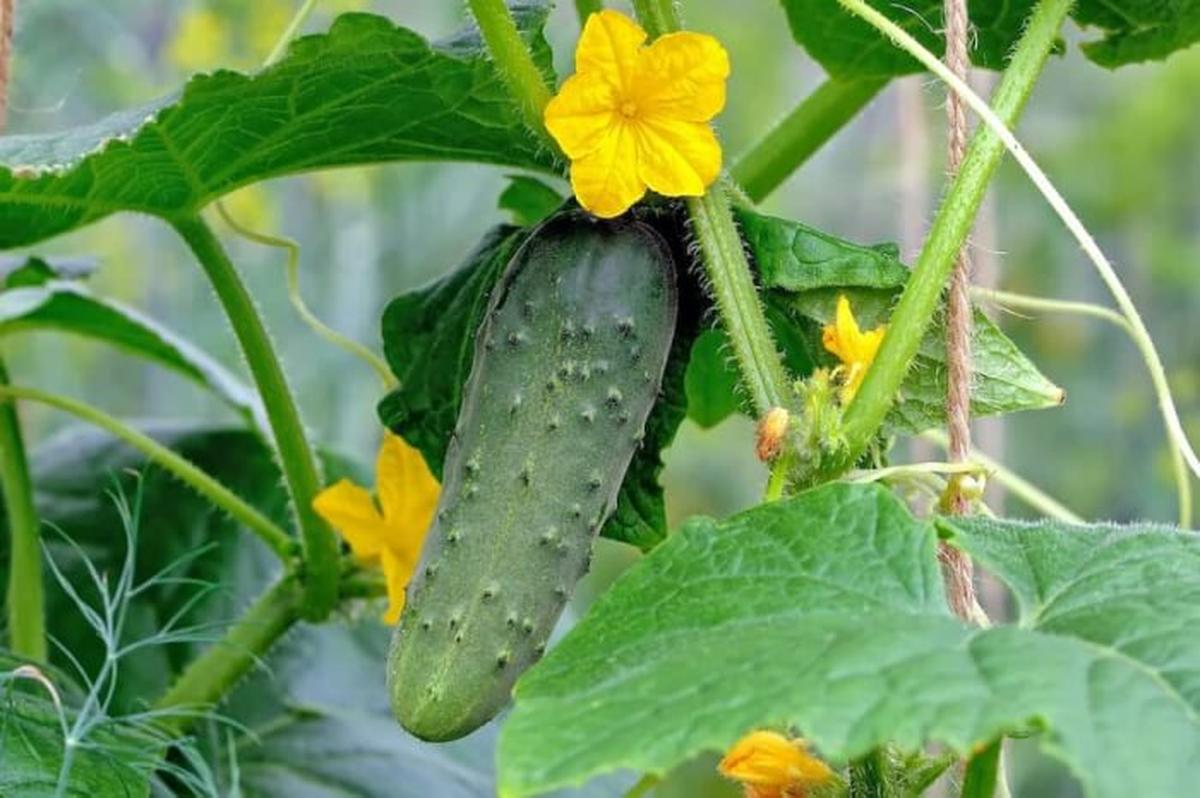11 Best Companion Plants for Corn in Your Garden
Companion plants for corn add richness to a garden, creating a natural ecosystem that boosts corn growth and resilience. Each plant complements corn, enhancing soil nutrients, repelling pests, and improving harvest quality.
These plants foster harmony in the garden, supporting each other in unique ways. Known for their natural symbiosis, companion plants provide benefits that go beyond soil, contributing to a thriving garden.
With these choices, any gardener can experience a fuller, healthier harvest. Here are 11 corn companion plants for a bountiful harvest:
Dill
Dill plays a vital role in the garden by supporting beneficial insect populations. You’ll find that it lures helpful creatures like honeybees and butterflies, enhancing pollination.
I appreciate how dill also acts as a natural deterrent against pests such as aphids and squash bugs, promoting healthier plants. Its presence can lead to a more balanced ecosystem right in your backyard.
Incorporating dill into your planting strategy benefits both you and your garden's overall health.
Marigolds
Marigolds serve as excellent allies in your garden, enhancing the growth of nearby crops like corn. These vibrant flowers draw in beneficial predatory insects that help maintain a healthy ecosystem.
Additionally, they act as natural repellents against pests such as aphids and nematodes, protecting your plants from damage. Incorporating marigolds not only boosts plant health but also promotes biodiversity within your gardening space.
Their presence creates a more balanced environment for all flora involved.
Winter Squashes
Winter squashes can significantly enhance your sweet corn's growth. Allowing the corn to establish itself before introducing squash is crucial for success.
This strategy creates a beneficial environment where both plants thrive together, maximizing yield and flavor. When planted wisely, winter squash not only supports soil health but also offers protection against weeds and pests that might harm the corn crop.
The relationship between these two crops showcases nature’s synergy in gardening practices.
Nasturtiums
Nasturtiums serve as a remarkable ally in your garden. These vibrant plants draw pests like aphids and weevils, offering protection to neighboring vegetables from potential harm.
Their unique ability to thrive beneath corn's dappled sunlight makes them an excellent choice for companion planting. By strategically placing nasturtiums among other crops, you create a natural barrier against harmful insects while enhancing the overall health of your garden environment.
This clever strategy not only promotes biodiversity but also supports sustainable gardening practices seamlessly.
Pole Beans
Pole beans thrive alongside nasturtiums, forming a beneficial partnership in your garden. These vibrant plants lure pests like weevils and aphids away from more vulnerable vegetables, creating a protective barrier for your crops.
Corn provides an ideal canopy; the dappled sunlight allows pole beans to flourish beneath its shade. This synergy not only boosts growth but also promotes healthier yields overall.
By incorporating these plants into your gardening strategy, you can foster a thriving ecosystem that benefits all involved species.
Hyssop
Hyssop serves as an excellent choice for gardeners seeking natural pest control.
By planting hyssop around your crops, you can keep deer at bay while also drawing in helpful insects that support plant health.
This herb acts as a shield against flea beetles, ensuring your corn thrives without chemical interventions.
Not only does it protect your plants, but it contributes to a balanced ecosystem in the garden too.
Melons
Melons play a significant role in gardening, acting as a natural mulch by spreading across the ground. This protective layer retains soil moisture and significantly reduces weed growth, creating an ideal environment for crops like corn to thrive.
Their sprawling nature not only supports neighboring plants but also enhances overall garden health. Growing melons can be beneficial for your agricultural practices while providing delicious fruit during harvest time.
Incorporating these fruits into your garden will yield multiple advantages beyond their taste alone.
Horehound
Horehound serves as an excellent companion plant, drawing in helpful insects like various wasps and flies.
This herb not only supports your garden's ecosystem but also enhances the health of nearby plants.
By inviting these beneficial pollinators, you create a vibrant environment that fosters growth and resilience in your green space.
Its presence can contribute to natural pest control while promoting biodiversity within your gardening area.
Borage
Borage serves multiple roles in the garden, making it a valuable addition. Its striking appearance adds visual appeal while actively deterring harmful pests like tomato and cabbage worms.
Additionally, this herb plays host to beneficial insects such as bees and wasps, promoting pollination within your garden space. By incorporating borage into your planting scheme, you foster a healthier ecosystem that benefits other plants too.
Choosing this vibrant herb can significantly enhance your gardening experience while ensuring natural pest control methods are at work.
Mint
Mint thrives in various environments and can often be spotted flourishing alongside corn in fields.
Cultivating this herb alongside your crops could lead to a fruitful garden experience.
Its refreshing aroma not only enhances your dishes but also attracts beneficial insects.
You might find that mint requires minimal effort, making it an excellent choice for gardeners of all levels.
Cucumber
Cucumbers thrive alongside corn, creating a beneficial partnership in the garden. The cucumber plant naturally provides shade to the soil, which helps retain moisture essential for healthy growth.
With their shallow root system, cucumbers won’t interfere with corn’s deeper roots, allowing both plants to coexist peacefully. This harmonious arrangement not only supports each other but also maximizes your gardening space effectively.
Growing these two together can lead to a more productive harvest while simplifying care routines in your vegetable patch.

